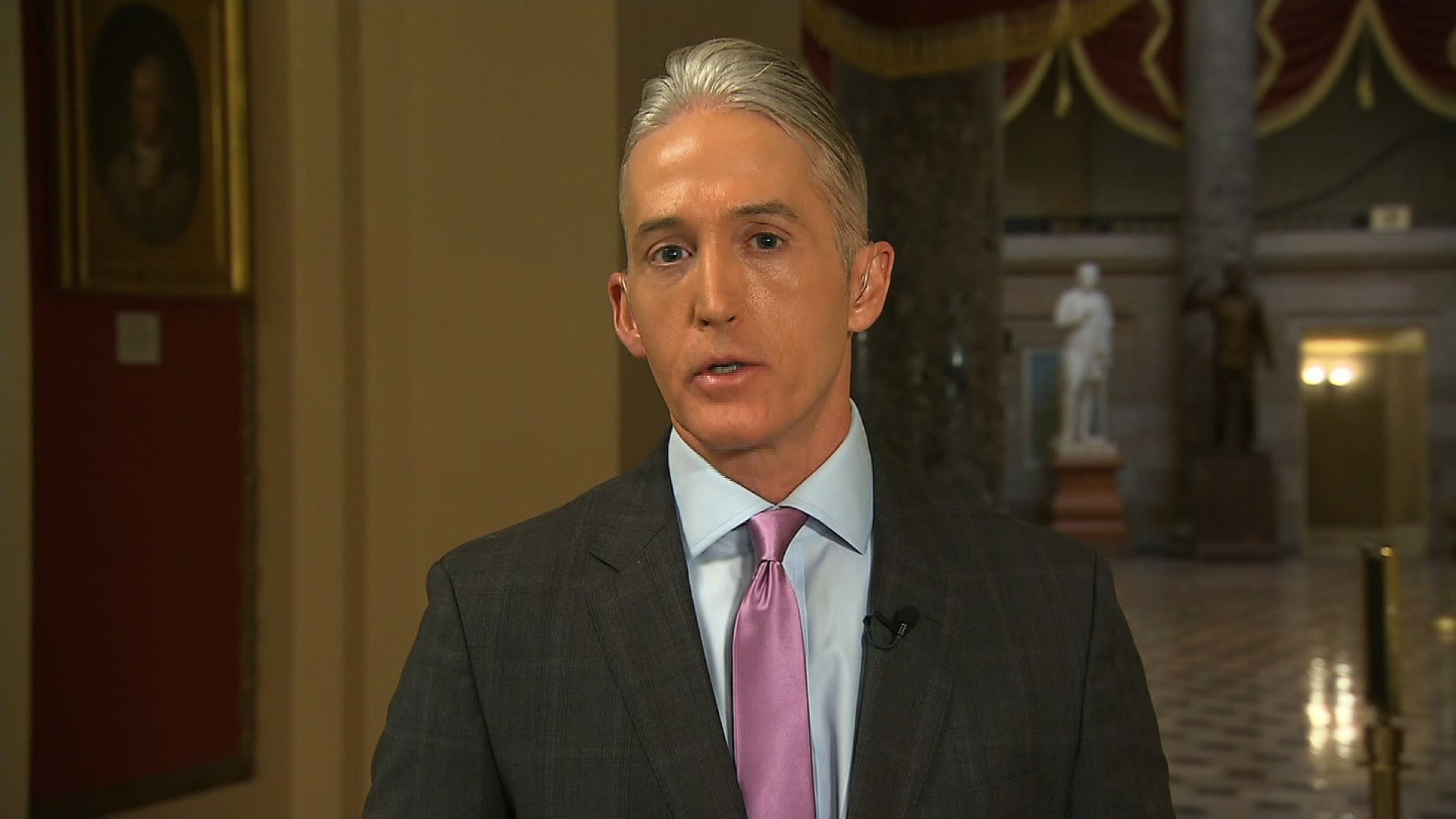Introduction
The world watched, breathless, as President Trump’s trade policies ignited a global firestorm. A seemingly simple disagreement over trade imbalances morphed into a full-blown trade war, with tariffs escalating and economic repercussions rippling across the globe. This article delves into the escalating conflict, examining the motivations behind the tariffs and the potential consequences for international commerce.
Trump’s Trade War Ignites
The seeds of the trade war were sown in the fertile ground of perceived unfair trade practices. President Trump, convinced of the need to protect American industries and jobs, initiated a series of tariffs targeting goods from China and other countries. These actions were framed as necessary to level the playing field, to force other nations to adopt more equitable trading practices. But the move was met with immediate opposition, with critics labeling it protectionist and counterproductive. The early skirmishes, though, were merely a prelude to the full-blown conflict.
The initial tariffs, while seemingly targeted, soon expanded like wildfire. The escalation was swift and decisive, with retaliatory tariffs from various nations creating a domino effect. The economic impact, though not immediately felt by all, was undeniable. Uncertainty gripped markets, and global supply chains began to falter. This early stage of the conflict highlighted the deep interconnectedness of the global economy, and the potential for widespread disruption when such protectionist policies were implemented.
The political implications were equally potent. The trade war fractured international alliances and strained diplomatic relations. It became clear that this was not simply an economic battle, but a clash of ideologies, a test of wills between nations on the global stage. The initial political fallout signaled a potential shift in the international order.
Tariffs: A Global Blaze
The escalating tariffs spread like a global blaze, consuming markets and triggering a multitude of consequences. Tariffs on steel and aluminum, initially targeting allies, fueled anxieties about the stability of the international trading system. These actions shattered the carefully constructed framework of free trade agreements and raised fears of a return to protectionist policies of the past. The ripple effects were felt across sectors, from agriculture to manufacturing.
The imposition of tariffs on goods from key trade partners had a tangible impact on consumer prices. Consumers faced higher costs for everyday items, and the ripple effect was felt through supply chains globally. Businesses, large and small, struggled to adapt to the shifting landscape, with the added uncertainty fueling apprehension and hesitation. The unpredictable nature of the trade war and the cascading impact on global markets created a climate of instability.
The global consequences of the tariffs were not limited to economic spheres. Geopolitical tensions heightened, with trade disputes spilling over into other areas of foreign policy. The trade war was no longer just about tariffs; it was about power, influence, and the future shape of international relations. The widening circle of retaliation brought nations closer to a potential trade war, an economic conflict with the potential to cause lasting damage and impact global supply chains for years to come.
Summary
Trump’s trade war, initially presented as a means to secure fairer trade practices, rapidly escalated into a global conflict with far-reaching consequences. Tariffs, intended to protect American industries, ignited a blaze that consumed global markets, strained international relationships, and heightened geopolitical tensions. The escalating conflict highlighted the complexities of the global economy and the potential for widespread disruption when protectionist policies are implemented. The future remains uncertain, with the long-term impact of this trade war yet to be fully realized.



